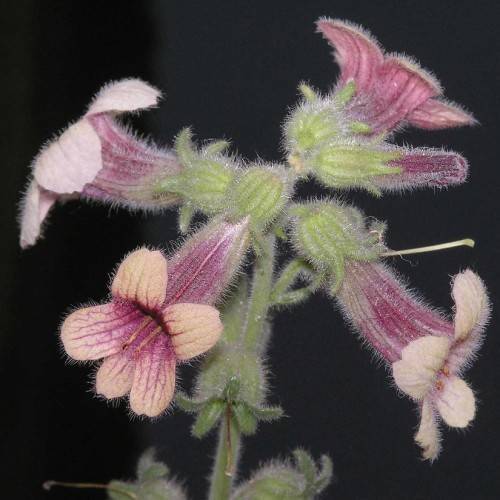
adhesive rehmannia
Rehmannia glutinosa
Cycle:
Herbaceous Perennial
Watering:
Average
Hardiness Zone:
7 - 10
Flowers:
Flowers
Sun:
Full sun
Leaf:
Yes
Growth Rate:
Low
Maintenance:
Low
Salt Tolerant:
Yes
Care Level:
Medium
watering
Adhesive rehmannia (Rehmannia glutinosa) should be watered once per week in the summer months, and less often in the fall and winter months (approximately every 2 weeks). The soil should be moist but not soaking wet. To check if the soil is dry, press your finger into the soil up to the first knuckle. If it’s dry, it’s time to water. In the summer months, it is important to watch the soil closely for dryness. If it starts to dry out too quickly, water more frequently.
sunlight
The adhesive rehmannia plant (Rehmannia glutinosa) prefers bright, indirect light and does best in full sun or partial shade. For best growth and flower production, it should receive at least 6 hours of direct sun per day. If grown indoors, it should be situated near a south-facing window for optimal sunlight exposure. If the adhesive rehmannia receives too much direct sunlight, its leaves may burn or become discolored. Therefore if grown outdoors, placement in an area with partial shade during the hottest parts of the day is recommended.
pruning
Adhesive rehmannia (Rehmannia glutinosa) should not require extensive pruning. Generally, only light pruning is necessary to remove old or dying branches, as well as any shoots that are competing for space. Pruning should be done in late winter or early spring, before new growth begins. Make sure to sterilize any pruning tools with a solution of rubbing alcohol and water to keep the risk of spreading any diseases low.
